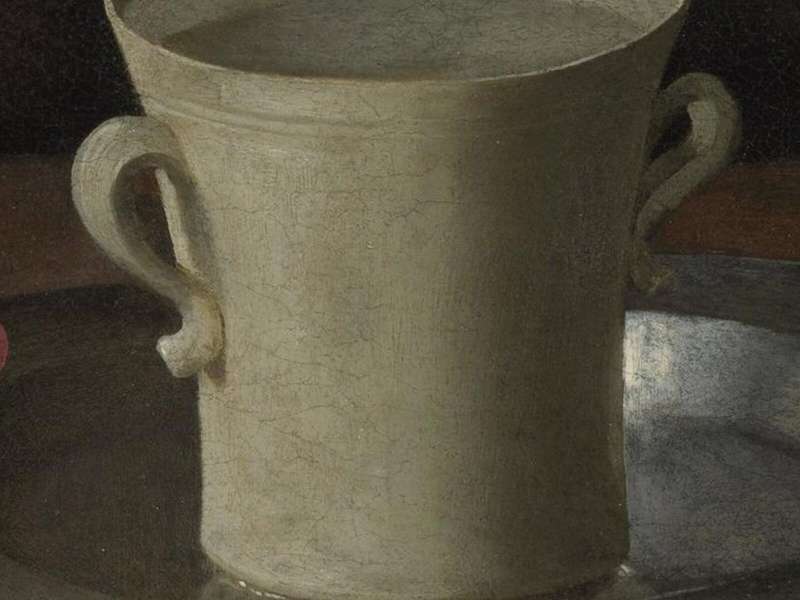
Zurbarán, Premiere at the National Gallery
For the first time in the UK, the National Gallery hosts a major exhibition on Francisco de Zurbarán, Master of 17th-century Spanish painting. Nearly fifty works trace his mystical and dramatic career. Still lifes by his son Juan are also on display, alongside new curatorial insights.
阅读更多